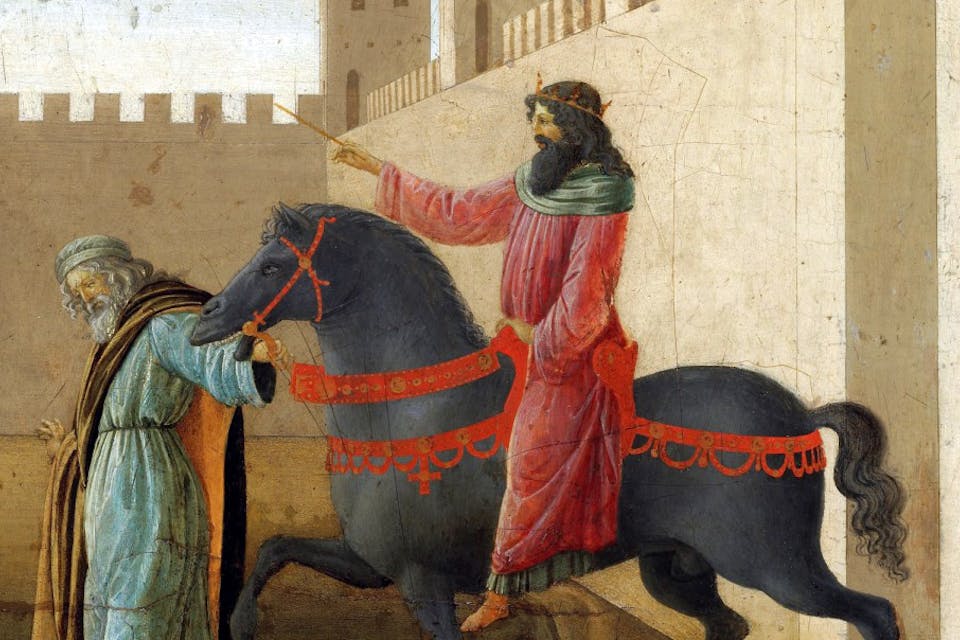
March 19, 2019
What Does the Purim Story Have to Do with Righteous Gentiles?
Precious little, you would think. But actually, thanks to one figure in the story, quite a lot.
The main event of the upcoming holiday of Purim is the reading of the Megillah, which tells the story of how brave Esther and pious Mordecai saved Persian Jewry from the genocidal schemes of the wicked Haman. In the Ashkenazi tradition, the public reading of the scroll is followed by reciting a poem whose unknown author lived no later than the 11th century. The concluding lines are usually sung to an up-beat tune:
Cursed is Haman, who sought to destroy me;
Blessed is Mordecai the Jew.
Cursed is Zeresh, wife of my tormentor;
Blessed is Esther, who protected me—
And also Harbonah, who is to be remembered for the good!
The reference to Haman’s wife Zeresh, who plays only a supporting role in the book of Esther, can be chalked up to poetic license—a female villain in counterpoint to the story’s heroine. But what of Harbonah, a decidedly minor character mentioned only once in the entire book, and whose appearance in the poem’s final verse breaks the stanza’s metrical form and rhyme scheme? And what of the epithet “to be remembered for the good”?